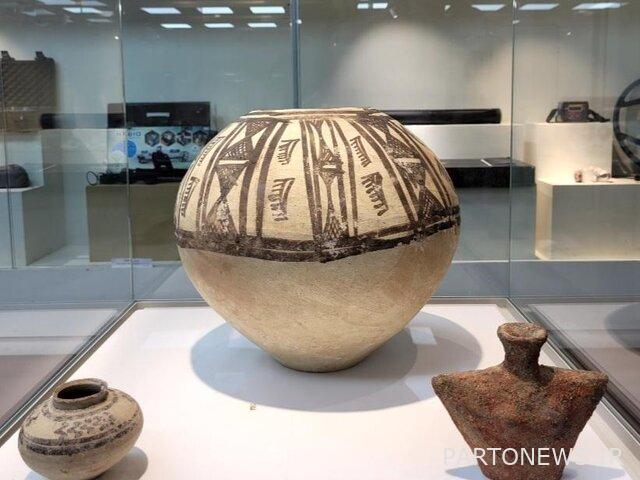Show historical smuggling – Siri in Iran
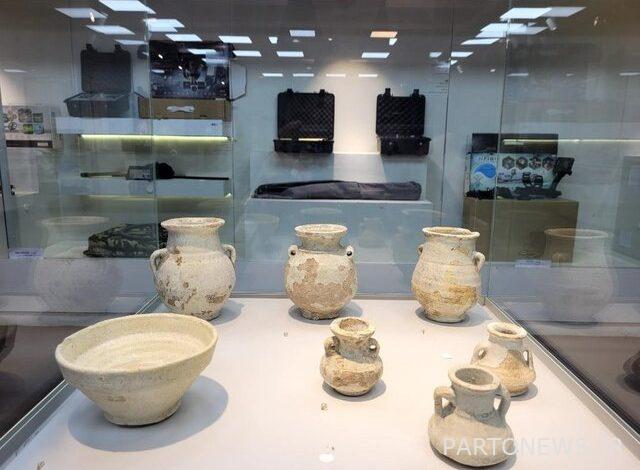
More than 400 discovered works of smugglers and gangs selling antiques and historical objects were exhibited in Tehran. This exhibition will be held at the National Museum only until Thursday, the 4th of June. The exhibition “Discovery of Confiscated Historical Cultural Objects” is a collection of 434 works from Tehran, as well as confiscated works from Isfahan province, which was held at the same time as the cultural heritage week. In this exhibition, only a part of 19,000 historical and cultural objects that were discovered in 1401 from smugglers and gangs selling historical artifacts are displayed.
Most of these works have not been authenticated yet, and according to the commander of the cultural heritage protection unit, some of them are fake. However, it has been said that among the works whose authenticity has been recognized, the oldest of them is from the Bronze Age, from the southeast of Iran, similar to the pottery of the second period of “Burnt City”, and the rest of the works are from the Iron Age to the Qajar period. The materials of the exhibited objects are metal, clay, stone, etc.
In addition, in this collection, 13 metal detectors, scanners and detectors, which were discovered and confiscated in connection with smuggling investigations, are exhibited.
In addition to the discovered and seized works, 114 historical objects related to different periods were donated by “Syed Mohammad Amin Emami” to the Cultural Heritage Protection Unit, which displayed these works along with this collection in line with social partnerships and dialogue and interaction with citizens. has been
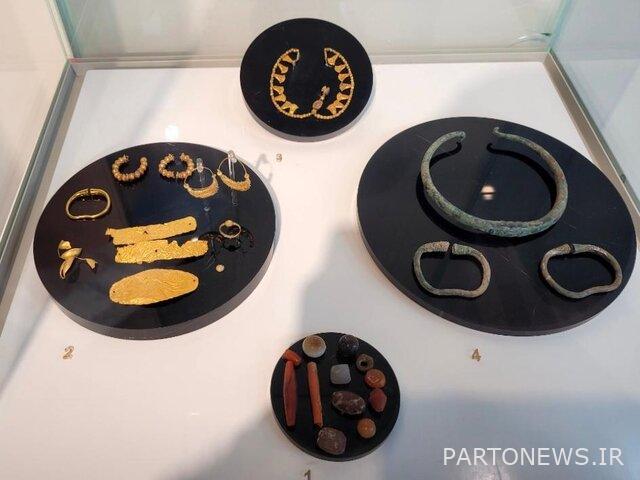
In an interview with ISNA, Sardar Hassan Mehri, the commander of the Cultural Heritage Protection Unit, said in an interview with ISNA about more details of the Tawfigi Historical Cultural Objects Discovery Exhibition: In this exhibition, 434 unearthed pens and historical works from the two provinces of Tehran and Isfahan have been exposed. Due to the restrictions on the location of the exhibition and the movement of historical objects, the exhibition of the discoveries of seized cultural and historical objects was limited to two provinces.
The commander of the cultural heritage protection unit stated that the objects of this exhibition were discovered and confiscated through popular news or during the buying and selling and trading of the gangs of smuggling historical and cultural objects in various operations, and said: Smugglers and abusers who took historical objects to Different ways of digging or buying and selling contraband are obtained, they are the subject of our observation. In addition, the unit has control and nobility over the virtual space.
Mehri continued by stating that some of the items displayed in this exhibition are fake, about why the fake items were seized? He stated: The harm of fake items is greater for people who are ignorant and uninformed, because these items are sold at very high prices instead of original items, and the buyer will waste his whole life to buy a fake item, thinking that it is the original item. The law has even criminalized counterfeit items, and accordingly, the purchase and sale of historical and counterfeit simulated items is prohibited and fined.
The Commander of the Cultural Heritage Protection Unit announced that in 1401 more than 19,000 cultural and historical items were seized from the hands of smugglers or unauthorized diggers and said: Most of the items were discovered and seized in various operations with the participation of the Faraja Group and the forces. The Cultural Heritage Protection Unit has taken place and part of those discoveries, which are more than 400 items, have been exposed in this exhibition and on the occasion of the Cultural Heritage Week.
He added: Last year, about 2,275 people were arrested in various cultural heritage crimes, some of which are related to these discovered and seized items, some of those arrests are related to illegal excavations, and another part is related to metal detector crimes.
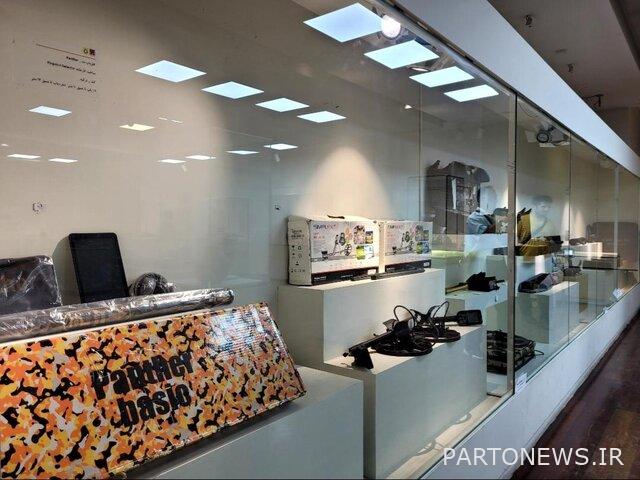
Referring to the samples of metal detectors that were exposed in this exhibition, Mehri said: These metal detectors were seized from people who smuggled these devices into the country or from companies that produced and sold metal detectors illegally. has been These metal detectors are sold to people at exorbitant prices under the pretense that they are treasure detectors, and in this sense they are deceiving uninformed people. The cultural heritage protection unit monitors and controls this case as well.
He also emphasized: It is prohibited to enter the country and buy and sell metal detectors, and these devices must be brought into the country with the permission of the Cultural Heritage Protection Unit.
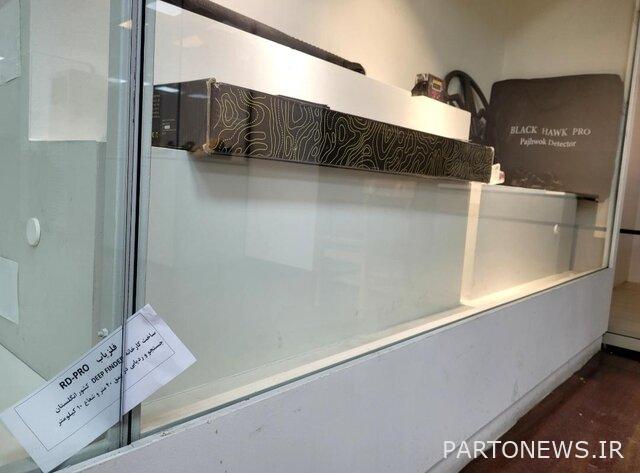
The commander of the cultural heritage protection unit said about the deterrent action for the purchase and sale of metal detectors and activities related to illegal digging and smuggling of cultural heritage: We continuously monitor the cyber space in connection with the promotion and sale of metal detectors. At the same time, Faraja’s colleagues are present at checkpoints across the country, and according to the interaction with Faraja and based on the memorandum signed between the Islamic Republic of Iran’s Police Command and the Minister of Cultural Heritage, Tourism and Handicrafts, it is predicted that Forces of the cultural heritage protection unit should be present at the checkpoints. In addition, if a case of unauthorized drilling is observed or reported, it will be monitored and recorded.
Mehri stated: Despite the fact that the colleagues of the protection unit have weak facilities, their efforts are commendable for removing such a collection from the hands of smugglers. These are the heritage of the nation and belong to the government and the people, and buying and selling them in virtual and real space is prohibited.
According to ISNA, the exhibition “Discovery of Confiscated Historical Cultural Objects” held at the National Museum of Iran on Setir Street in Tehran is free for the public to visit.
